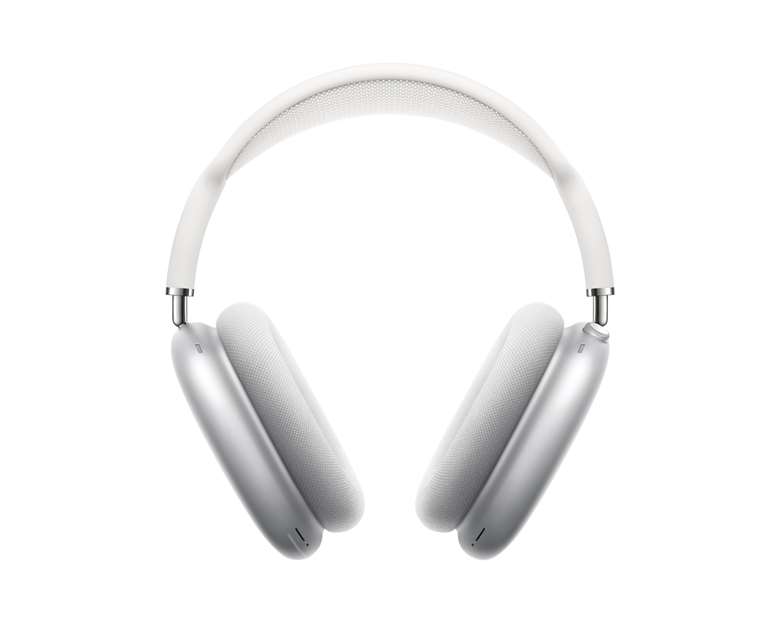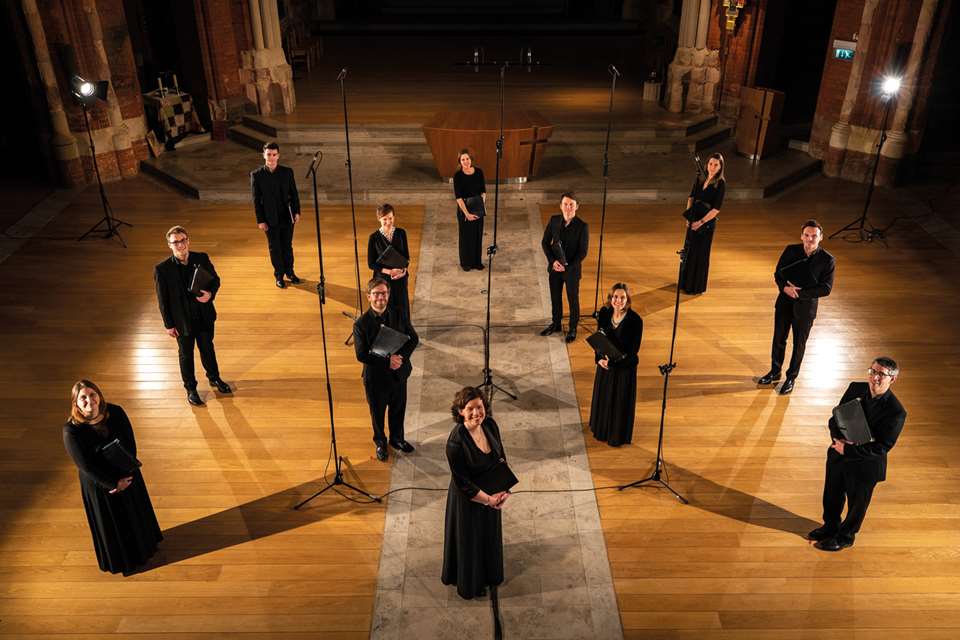Apple Music's spatial audio with Dolby Atmos: what is it and how do you get it?
Andrew Everard
Wednesday, August 11, 2021
Andrew Everard gives some background on Apple Music's spatial audio with Dolby Atmos and explains how to listen

Register now to continue reading
Thanks for exploring the Gramophone website. Sign up for a free account today to enjoy the following benefits:
- Free access to 3 subscriber-only articles per month
- Unlimited access to our news, podcasts and awards pages
- Free weekly email newsletter









